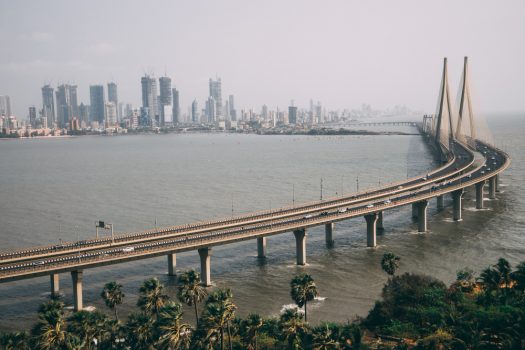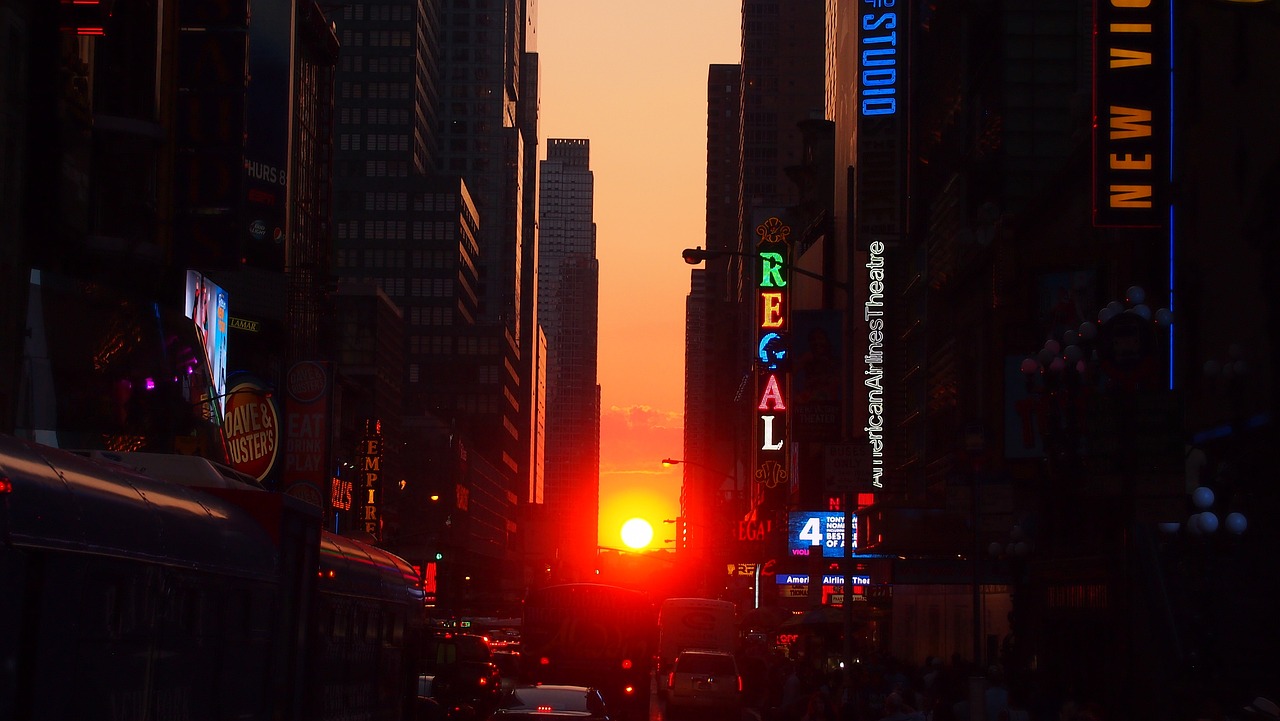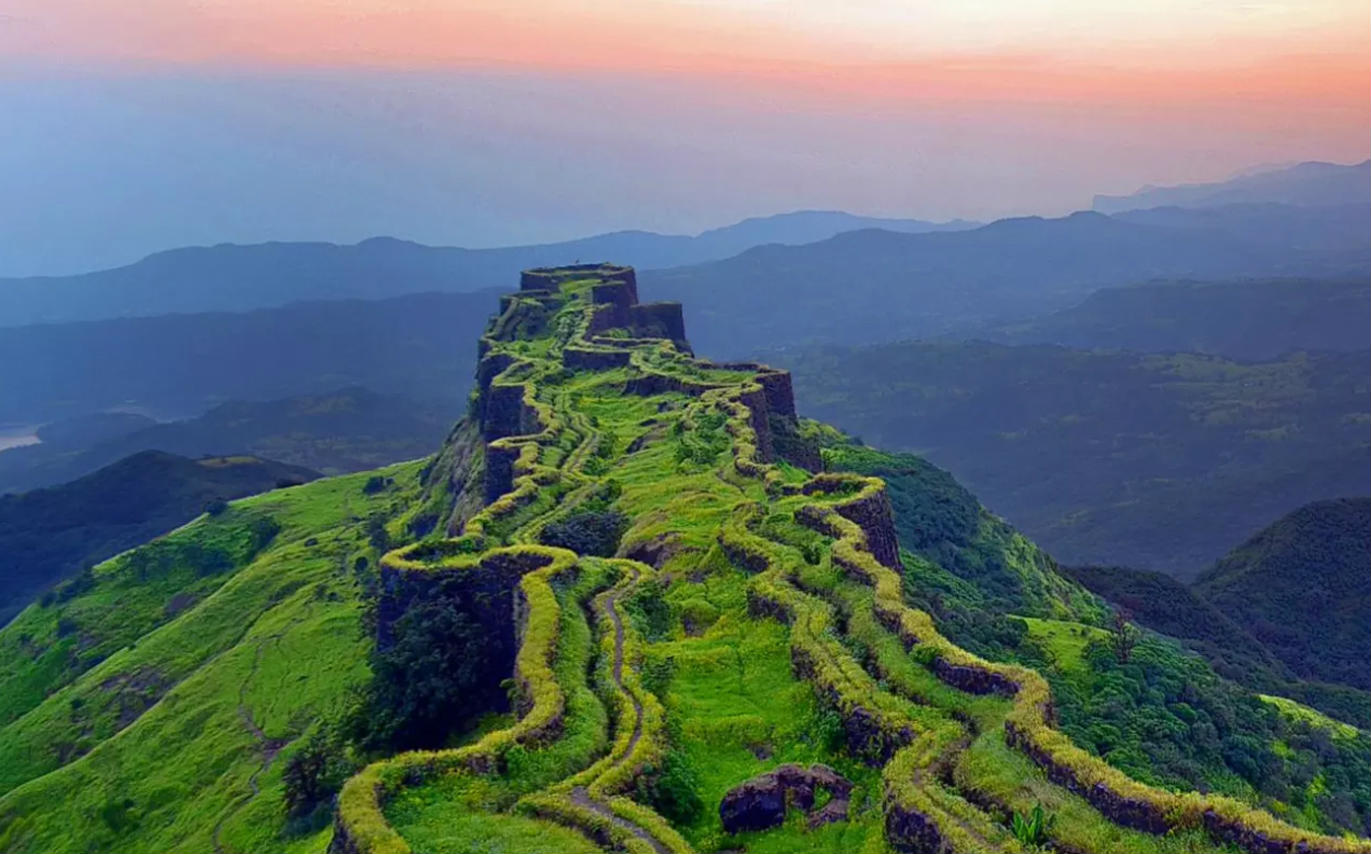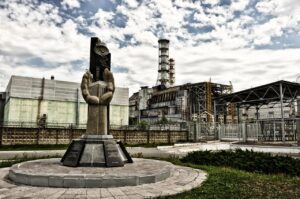 Pin
Pin Image by Wirestock from Freepik
India is not just a rising economy—it’s a country full of contradictions, ambition, chaos, and hope. Some say it’s already on the path to becoming one of the most dominant nations in the world. Others argue it’s still trapped by its old problems. So what’s the truth?
This article isn’t about fake positivity or doom-posting. It’s a raw, real look at where India stands and where it’s heading. We’re going to break down the real facts in simple terms. You’ll see how India is doing in key areas like economy, military, youth power, global influence, tech, and social challenges. Each part is laid out in short sections so it’s easy to follow and doesn’t feel like a boring history lecture.
If you’re an Indian who feels hopeful or skeptical, or just someone curious about the country’s future, this will give you a brutally honest and informative view.
Table of Contents
India’s Economic Rise – Fast Growth, But Who’s Winning?
 Pin
Pin Image by Wirestock from Freepik
India’s economy is racing ahead, and headlines love to scream about it. “Fifth-largest economy!” “Next China!” But ask the average guy stuck in traffic for two hours on his way to a ₹12K-a-month job—he’s not feeling that superpower buzz. That’s the thing about India’s rise: it’s real, but it’s not equal.
Tech hubs like Bangalore and Pune are exploding with startups, IT jobs, and billion-dollar deals. But in smaller towns and villages? It’s a grind. Crops failing, low wages, zero job security. The gap between the “new India” and the “left-behind India” is getting wider, and fast.
Still, there’s momentum. Global companies are moving factories from China to India. Digital payments are everywhere—even your chaiwala uses UPI now. The potential is massive, but the risk is real too. If only the benefits weren’t stuck in elite circles, we might already feel like a superpower—not just read about it in business magazines.
Military Strength – Flexing Power or Just Flexing?
 Pin
Pin Image by senivpetro from freepik
India has one of the largest and most well-funded militaries in the world. Nuclear weapons? Check. Massive army? Check. Fighter jets, warships, submarines? All there. But here’s the kicker—does having all that actually make a country a superpower?
On paper, yes. India ranks in the top 5 globally in defense spending. It’s got battle-ready forces, and it knows how to handle pressure. The 2019 Balakot airstrike showed the world that India isn’t afraid to hit back. The military is modernizing fast—buying Rafale jets, building its own missiles, and investing in cyber warfare. That’s the good part.
But there’s a flip side. A lot of this gear is outdated or imported. India still relies on other countries—Russia, France, the U.S.—for its best weapons. Local defense projects get delayed for years. Plus, troops are often dealing with poor conditions and old-school systems. It’s like wearing a sharp suit with worn-out shoes.
India has strength, no doubt. But superpower status means being self-reliant too—and that’s still a work in progress.
Youth Power – India’s Wild Card or Missed Chance?
India has something most countries would kill for: a massive youth population. Over 65% of Indians are under 35. That’s a human energy bomb just waiting to go off. But here’s the real question—are we using it, or wasting it?
On the surface, things look exciting. Young Indians are building apps, launching startups, acing international exams, and dominating tech roles globally. The world sees India as a brain hub. Social media is buzzing with creators, coders, and influencers who are shaping culture at a global level.
But beneath all that? Millions of educated youth are unemployed or underpaid. Degrees are everywhere, but jobs are not. Colleges are churning out graduates who know how to pass exams but not how to build a career. Mental health issues, burnout, and frustration are growing. And in rural areas, things are worse—few opportunities, bad internet, and even less support.
If India can unlock this youth force the right way, it’s unstoppable. But if we keep wasting this potential, it’s a ticking time bomb, not a superpower advantage.
Global Diplomacy – Balancing Act or Bold Moves?
India’s not just playing the game—it’s sitting at the big table now. G20, BRICS, SCO—you name it, India’s in it. It’s got a passport to every major global club, and it’s making moves like a country that knows its value. But is it just showing up, or actually shaping the game?
Let’s be real—India’s diplomacy is sharp. It can talk to the U.S. and Russia in the same breath. It buys oil from Iran, weapons from France, and software from Silicon Valley. That takes serious balance. Countries trust India more than they trust each other. That’s powerful.
But bold moves come with backlash. China’s always watching and pushing at the border. Pakistan keeps stirring the pot. And in global conflicts—like Ukraine—India often plays the silent card. Some call it smart neutrality; others call it playing too safe.
Still, there’s no denying this: India’s voice is louder than ever on the world stage. But to be a superpower, it needs to lead, not just negotiate. Influence is earned by action, not attendance.
Technology and Innovation – Rising Star or Catching Up?
India’s tech scene is buzzing. Every week, a new startup hits unicorn status. Everyone from Google to Tesla wants a piece of the Indian market. Bengaluru is often called the “Silicon Valley of Asia.” Sounds like superpower material, right? Kinda—but there’s more to it.
India leads in software exports, digital payments, and affordable innovation. UPI changed the game—rich or poor, anyone with a phone can pay in seconds. ISRO, India’s space agency, literally landed on the Moon’s south pole before anyone else. That’s not just hype—that’s history.
But here’s the other side: we still import key tech—semiconductors, AI tools, defense software. R&D investment is low compared to the U.S. or China. Most of the real cutting-edge breakthroughs still happen outside India. And for every startup success, there are thousands that never get funding or support.
India’s tech game is strong, but it needs deeper roots. To be a true superpower, India has to lead in innovation, not just be great at using what others build.
Education System – Foundation or Flawed Machine?
Everyone talks about India’s engineers, doctors, and coders ruling the world. That part is true—but it’s only one side of the story. The education system in India is like a double-edged sword: it produces brilliance, but also burns out millions.
There’s no shortage of smart students. IITs, IIMs, and top colleges pump out global talent every year. Indian-origin CEOs are running major global companies. That’s real power. But what about the 90% who never get near those top institutes? What about the schools with no toilets, broken chairs, and teachers who barely show up?
Most students in India still cram for marks, not skills. Creativity is stifled. Mental health gets ignored. And millions graduate with degrees that don’t match today’s job market. That’s a crisis hiding in plain sight.
If India wants to become a superpower, its education system has to work for everyone—not just the lucky few. Right now, it’s more like a filter than a ladder, and that’s a problem we can’t afford to ignore.
Infrastructure – Fast Growth or Patchwork Progress?
Drive through any metro city and you’ll see shiny flyovers, metro rails, and smart city billboards. India’s infrastructure looks like it’s catching up with the future. But take a wrong turn, and you’re dodging potholes, power cuts, and sewage leaks. That’s the truth—India’s growth is visible, but uneven.
The government is spending big on highways, airports, and digital connectivity. Projects like Bharatmala and PM Gati Shakti are meant to speed up everything from logistics to rural access. Cities are getting modern facelifts, and bullet trains are being planned. On paper, it’s a dream.
But for many Indians, basic infrastructure still sucks. Rural roads vanish in monsoons. Train stations are jam-packed and outdated. Clean drinking water? Still a luxury in many places. Even internet access, though widespread, is unreliable in far-off towns.
So yes, India is building. But the speed needs to match the size of its population. A true superpower doesn’t just build cities—it connects every village, every home. Right now, it’s still a work in progress.
Healthcare – Expanding Access or Barely Hanging On?
India’s healthcare system is a paradox. On one hand, it performs the most surgeries in the world, sends doctors abroad, and even manufactures vaccines for other countries. On the other hand, people still die in rural areas because there’s no hospital nearby or no doctor available. It’s both world-class and broken, depending on where you live and how much money you have.
The pandemic exposed it all. Private hospitals handled cases with top-tier equipment—if you could afford it. Government hospitals were flooded and underfunded. Healthcare workers were stretched thin. Many families went bankrupt just trying to save one life.
To its credit, India launched Ayushman Bharat to offer free care to millions. Telemedicine and e-health are expanding fast. Generic medicines are cheap and widely available. But here’s the reality: the system is still mostly reactive, not preventive. People avoid hospitals until it’s life or death.
If India wants to become a superpower, it needs to keep its people healthy—not just treat them when they’re sick. Right now, that safety net is full of holes.
Political Landscape – Democracy in Action or Dysfunction?
India is one of the largest democracies in the world, and that’s a major strength. It has elections, free speech, and a constitution that promises rights to all. But let’s be real: democracy isn’t perfect in India. It’s messy, chaotic, and often unpredictable.
Elections are a spectacle—voter turnout is huge, but political parties often play dirty. There’s vote-bank politics, corruption, and sometimes, decisions that seem more about short-term gain than long-term benefits. And while the country celebrates its democratic values, sometimes those values get hijacked by those in power who push their own agendas. It’s a political circus at times, and it can feel like the people aren’t always the priority.
But don’t forget the strength of Indian democracy either. Despite all the mess, India manages to hold elections that are widely seen as fair. There’s a system of checks and balances, and the people have shown time and again that they’ll stand up for what they believe in. Social movements, protests, and debates are part of daily life here.
For India to reach superpower status, its political landscape needs to evolve into one that works for everyone—not just the rich or the politically connected. A democracy this large is bound to have hiccups, but if it can strengthen its system, it’ll be unstoppable.
Social Issues – Divides That Can Hold India Back
India is a land of incredible diversity, with over 2,000 languages, multiple religions, and countless cultures. It’s also a place where deep social divides are often hard to ignore. Caste, religion, and economic status still define many people’s opportunities and struggles.
There’s no denying that India has made progress. Women are entering the workforce in greater numbers, and awareness around mental health is growing. But there are still areas where the caste system holds power, where women are treated as second-class citizens, and where people are stuck in poverty because of where they were born.
Urbanization is changing things, especially in major cities, but rural India is still far behind in terms of education, healthcare, and employment. The rural-urban divide is growing, and social issues like caste-based discrimination, religious tension, and gender inequality can often spark violence or unrest.
For India to reach superpower status, it needs to address these divides head-on. A united country is a powerful country. If India can bridge these social gaps and provide equal opportunities for all its citizens, it will rise to a level of power that the world can’t ignore.
FAQs
India has the potential, but it faces significant challenges like income inequality, political instability, and outdated infrastructure. If these issues are addressed, India could rise to superpower status within the next couple of decades, but it requires careful planning and execution across multiple sectors.
Some of the key obstacles include widespread poverty, underdeveloped rural areas, inequality in education and healthcare, political corruption, and a slow pace in modernizing infrastructure. These challenges need to be overcome for India to unlock its full potential.
India has a large and capable military, but its reliance on imports for advanced defense technologies and the challenges of modernizing its forces are still limiting factors. To truly match global superpowers, India must become self-reliant in defense and continue to strengthen its strategic alliances.
India’s young population is a key asset. With more than 65% of its population under the age of 35, India has an abundant workforce ready to fuel innovation and growth. However, the country must address issues like unemployment and skill mismatches to fully tap into this potential.
India’s education system produces globally competitive talent, especially in fields like engineering and medicine. However, the system is plagued by issues such as rote learning, poor quality in rural areas, and a lack of emphasis on creativity and critical thinking. Significant reforms are needed to ensure it supports India’s superpower aspirations.

































